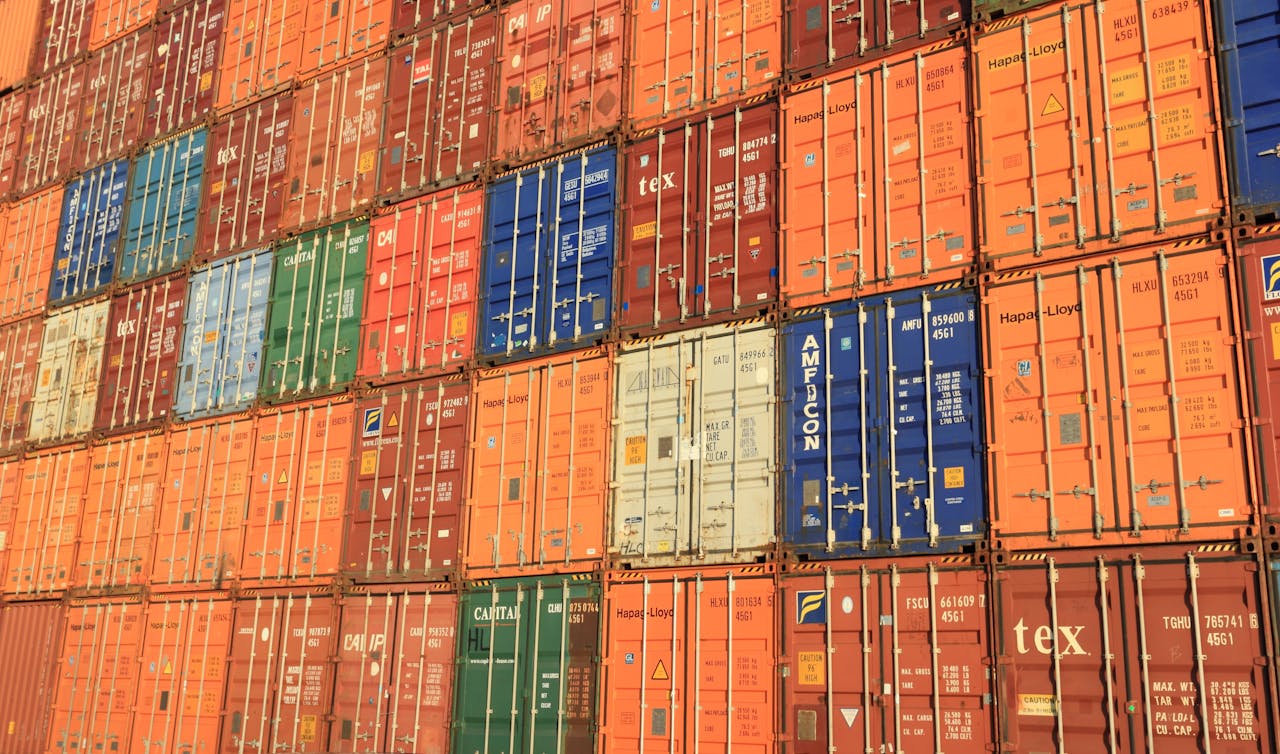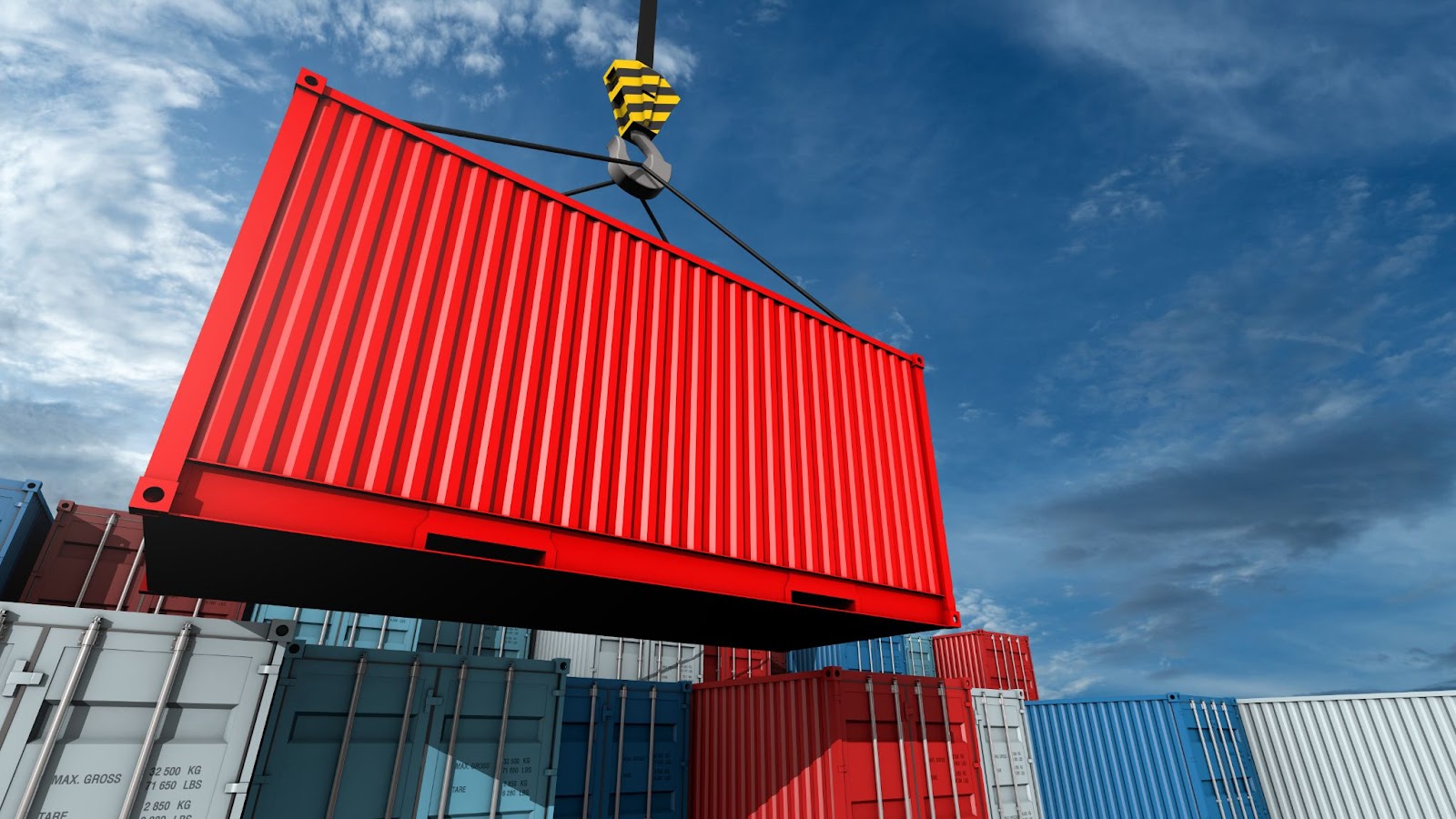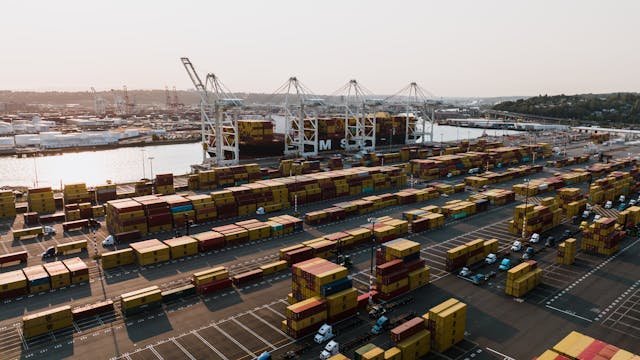Comments
- No comments found

The rabbit hole of international shipping options can be vast and winding for a small business.
Stepping in with wide eyes, you gaze upon a fantastical array of massive metal cargo boxes traversing the seas, each representing some combination of exotic logistics costs, destination flexibility, and mandatory shipment volumes.

The rabbit hole of international shipping options can be vast and winding for a small business. Stepping in with wide eyes, you gaze upon a fantastical array of massive metal cargo boxes traversing the seas, each representing some combination of exotic logistics costs, destination flexibility, and mandatory shipment volumes.
As you plan your international shipping needs, two main options keep appearing - FCL or LCL. You pore over forums and glossaries, increasingly perplexed by the marine vocabulary swirling around these terms. What on earth is the difference between them? Why does everyone have such strong opinions on choosing one over the other?
To help make sense of it all, this article will break down the key differences between FCL and LCL shipping models, answering those lingering questions. You'll learn what each abbreviation stands for, when each option makes the most sense, and gain clarity on the pros and cons to inform your shipping decisions.
When diving into the analysis between less-than-container load (LCL) versus full container load shipping (FCL), it's important to level-set exactly what those abbreviations reference.
In most cases, the choice boils down to your typical shipment size. For small or irregular volumes, LCL consolidates loads for affordability. For large, steady shipments, FCL allows renting whole containers at a discount.
When it comes to shipping costs, LCL and FCL each have situational advantages that depend largely on typical shipment volumes.
For small shipment sizes, LCL provides an affordable option by allowing companies to pay only for the space occupied. This means that costs are spread across supply chain stakeholders rather than just you alone.
FCL meanwhile allows you to rent a whole container just for your goods. So if you can fill most or all of a container consistently, you gain access to significant bulk rates due to economies of scale. Of course, this works best if your business already ships high volumes steadily.
Here is a simplified example to better explain:
Ships 50 boxes
Pays $10 per box
Total cost is 50 x $10 = $500
Ships 500 boxes
Gets a volume discount rate of $8 per box
Total cost is 500 x $8 = $4,000
LCL has a higher per box rate, but lower overall cost for small volumes
FCL has big savings per box thanks to bulk rate discounts, but it requires high volumes to fill the container and qualify for these discounts
The tipping point when FCL becomes cheaper depends on a number of factors - how fast is the business growing, can it commit to large orders predictably, does it have enough goods to maximize container space regularly?
For this reason, newer or smaller companies often opt for affordable LCL. More established high-volume shippers leverage FCL discounts. Evaluating budgets, growth, order patterns should guide your decision.
LCL and FCL work very differently in terms of access and flexibility.
With LCL shipping, companies essentially share space in containers that are headed in the same direction. So you can ship smaller amounts more often and group them however makes sense for your situation. This is great in terms of being able to respond quickly to urgent orders or new growth opportunities. It gives smaller companies important flexibility as their business scales up incrementally.
With FCL shipping, you rent out the entire container. This level of control means you can fine tune pickup schedules to meet really specific deadlines. If you've got major manufacturing needs or tight retail promotions, owning the whole container prevents any delays from mixing in other company’s inventory.

LCL and FCL enable different inventory strategies.
With LCL, sharing container space allows businesses to ship smaller amounts more frequently. This supports "just-in-time" lean manufacturing - producing to order rather than stockpiling goods. Less on-site inventory means lower carrying costs.
FCL incentives bulk shipping, on the other hand, rewards high volume bulk production. To maximize a container and get the discounts, you have to overproduce and carry more backup stock as a buffer. This means more inventory sitting onsite waiting for its turn to ship out. But when demand or forecasts fluctuate, having that extra supply prevents disruption.
By this point, you likely already have intuition on whether LCL or FCL better aligns with your shipping volumes, business growth, and budget realities. But if you are still undecided between the two models, here are a few extra tips that may help:
Crunch shipment data: analyze average volumes, frequency, variability - is there a tipping point where FCL discounts kick in?
Map out inventory capacity: can you support holding bulk stock long-term or is just-in-time lean production ideal?
Request quotes from both LCL and FCL providers: validate precise rates given your current and projected shipping patterns.
Essentially, take stock of your operational maturity and capabilities. Whether prioritizing affordability, flexibility, or scale will determine if LCL’s consolidated coordination or FCL’s high-capacity control wins out. For most businesses, it makes sense to mix-and match across various phases of expansion.
Felix is the founder of Society of Speed, an automotive journal covering the unique lifestyle of supercar owners. Alongside automotive journalism, Felix recently graduated from university with a finance degree and enjoys helping students and other young founders grow their projects.
Leave your comments
Post comment as a guest